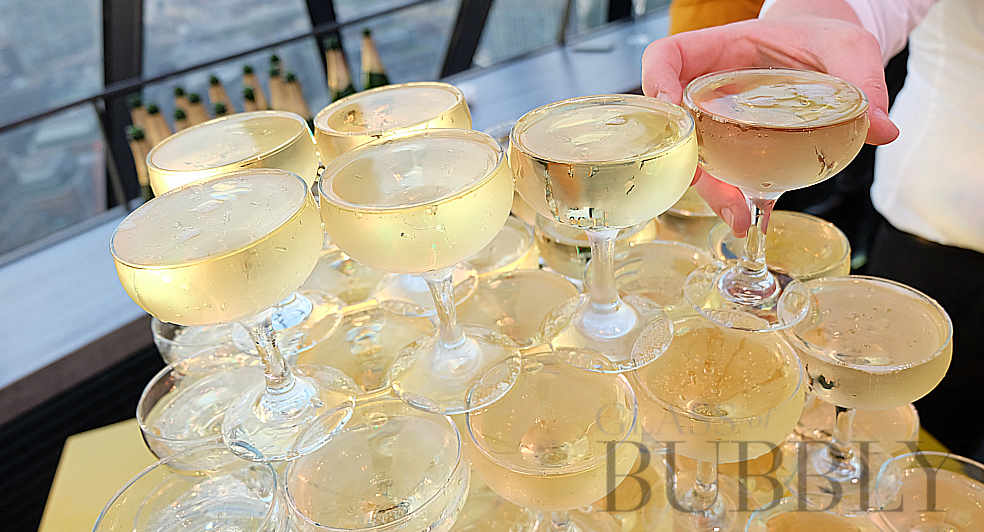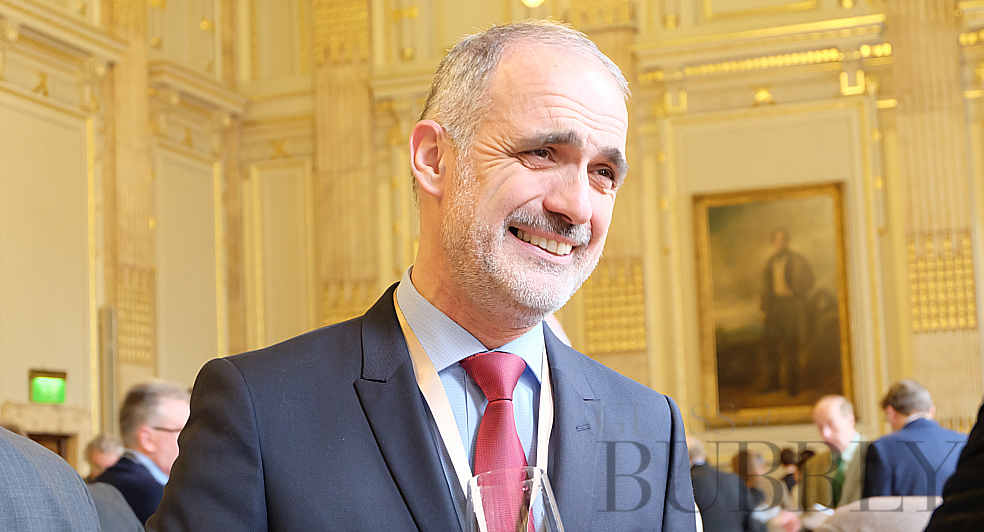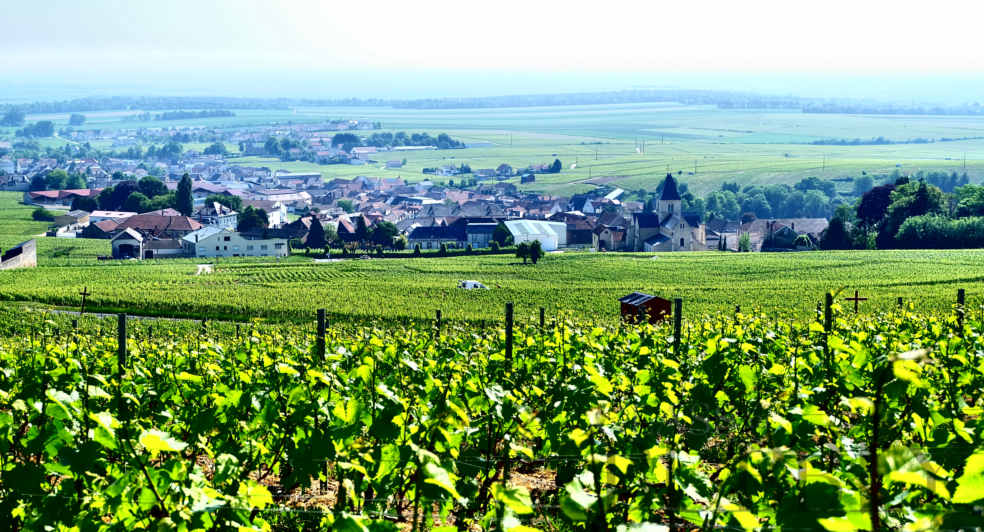Introducing the World of Kosher Bubbly by Joshua E. London
5th March 2025

A small but growing segment of the market for sparkling wine—whether from France, Spain, Italy, Israel, South Africa, or Austria—falls into the rather niche category of “kosher” wine. For those not familiar, Kosher wine is wine that is produced in accordance with Jewish dietary laws, known as kashrut.
“The idea was to make Drappier Champagne as close as possible to the original, but within the kosher rules, “Michel Drappier, head of the renowned Drappier Champagne house, recalled in our recent conversation. His experiences producing a small percentage of his renowned wines as kosher certified Drappier Champagne can serve as an introduction to kosher bubbly and an example to other would-be producers.

Michel Drappier at the Glass of Bubbly Show, at 10 Great George Street, London
“I didn’t want to make something different or special,” says Michel, “just the true Drappier product, but under the supervision of people who would ensure it adhered to kosher standards.”
“We began our kosher production in 2007,” Drappier explained. Initially, he had little connection with the Jewish community or knowledge of kosher wine production, though he had sold his regular (non-kosher) Champagne in Tel Aviv. The opportunity to produce a kosher version of Drappier Champagne arose through a conversation at a Vinexpo exhibition in Chicago, where he met Nathan Herzog from the Royal Wine Corp. of New Jersey. “They asked me if I’d be interested, and I thought, ‘Why not? I’m always interested in doing new things.'”
As Michel was to quickly learn, kosher wine is primarily defined by religious guidelines rather than by quality, taste, region, or style. Any type of wine—red, white, sparkling, or still—can be produced kosher if it is produced in accord with very specific and fairly rigorous production requirements. The key issue is the labour involved in the wine’s production rather than the ingredients, techniques or technologies employed. From the moment grapes are crushed until the wine is sealed in its bottle, all handling must be performed exclusively by Sabbath-observant Jews.
Additionally, all commercial ingredients, such as yeasts and additives, must be certified kosher. (Wines made in Israel are subject to further agricultural regulatory laws rooted in biblical tradition.) Kosher certification serves as a rigorous authenticated oversight process, ensuring the wine adheres to these religious standards, similar to how organic or vegan certifications operate in the broader food industry.
The Technical and Cultural Journey
A rabbi from Strasbourg spoke at length with Drappier to explain the rules, and Michel quickly realized that making kosher champagne would be both a technical and cultural endeavour.
“What I liked hearing was that the fruit itself is kosher because it is a creation of God,” Drappier recalls. “But once the grapes go into the press, that is where the kosher process begins.”
From that point forward, only approved personnel could touch the product, which presented a major challenge for Drappier and his team.
“It was frustrating,” he admits. “We could see the must running out of the press, but we couldn’t touch anything. We had to ‘ne touchez qu’avec les yeux’ [touch only with our eyes] as we say in French. I remember one day, out of pure habit, I instinctively reached for a tap. Immediately, one of the kosher supervisors stopped me and was very agitated. So, I put my arms behind my back and told him, ‘If you want to, you open the tap—I won’t move!’ It was a challenging learning experience for me, but once I fully resigned myself to the process and embraced the limitations it became much easier.”
Despite these challenges, the Drappier team found the experience rewarding. “It made us realize the importance of every action we take. Sometimes, we do things without thinking, because we’ve been doing them for decades. But when you have to explain every step, it forces you to reflect on why you do it.”
Logistical Hurdles and Market Growth
The kosher production process also required adjustments to their workflow. “The people overseeing the process [the kosher supervisors) come from Paris or Strasbourg, which means waiting for them to arrive before even taking a sample,” Drappier explains. “It’s slow, it costs more money, and the efficiency is not the same as with our standard production.”
Despite the added complexity, the Drappier team embraced the challenge. “At the end of the day, it’s fun for us, for my son Hugo, and for the workers. We don’t want to stop—we like it.”
Drappier’s kosher production varies from year to year, depending on various factors from the quality of the harvest, their ability to coordinate the kosher production to the needs of their kosher importers and distributors. “Some years, we don’t do it at all because the quality isn’t there,” he says. “We want the product to be very good, so we’re picky.” Production has ranged from zero in some years to as many as 30,000 bottles. By comparison, Drappier’s total annual production stands between 1.2 and 1.5 million bottles—making kosher champagne a small but significant part of their portfolio.
Kosher Champagne’s Place in the Market

While kosher Champagne remains a niche product, its presence in key markets such as New York, Tel Aviv, Paris, London and Brussels has raised awareness among champagne producers. “Many colleagues know we produce it,” Drappier says. “Those who specialize in the New York market, for example, see Drappier kosher champagne in stores and at events. It’s still discreet, but it’s there.”
Some fellow Champagne houses have inquired about kosher production, but not all are willing to take on the challenge. “It’s complicated,” Drappier admits.”
A few other Champagne houses—such as Laurent-Perrier, Pommery, Champagne Barons de Rothschild, Jeeper, Bonnet-Ponson, Louis de Sacy and Frerejean Frères, among others—have periodically produced kosher runs, but it remains a specialty or niche item. “For Drappier,” Michel asserts proudly, “it has become an integrated and part of our production.”
The Evolution of Kosher Offerings
Drappier began its kosher production with a single product: the Drappier Carte d’Or (its yellow label). Over time, they expanded the lineup to include kosher editions of the Drappier Rosé Brut, Drappier Brut Nature Zero Dosage, Drappier Rosé Brut Nature Zero Dosage, and, most recently, a kosher edition of the Drappier Millésime d’Exception 2018. “We also started receiving requests for larger formats,” Michel notes, “so we now produce kosher Champagne in magnums, jeroboams, and even methuselahs.”
One of the biggest technical challenges was the requirement for mevushal (flash-pasteurized) Champagne, which ensures the wine remains kosher even when handled by non-Sabbath observant Jewish waitstaff. “At first, we were concerned,” Drappier recalls. “Applying heat to champagne is always risky, and our past experiences with thermal processing in the ’80s and ’90s had been disappointing.”
Fortunately, technological advances made this less of a worry. “By 2005, we had a very efficient flash-pasteurization system that heated the wine to a high temperature for just a few seconds,” he explains. “It turned out to be much better than what we had tried before.”
A Testament to Quality
Over the years, Drappier has refined its kosher offerings, ensuring they meet the same high standards as the rest of their portfolio. “To be honest, the first and second releases were good, but they were slightly different—simpler and sometimes more rustic,” Drappier admits. “But after five years, we reached a point where I couldn’t tell the difference. If you mix kosher Drappier with the others, I can’t spot it. That’s when I knew we had succeeded.”
Ultimately, Drappier sees kosher Champagne as more than just a product—it’s a symbol of inclusivity and celebration. “Champagne was classified as a UNESCO World Heritage product 10 years ago. It belongs to the planet,” he says. “I’m proud to supply everyone, because Champagne is a symbol of peace, sharing, and happiness. Selling more wine to the Jewish community—not only in America but in Europe and beyond—is an achievement. I’m proud of that.”
As kosher wine continues to grow in popularity, Drappier’s experience serves as a valuable example of how religious traditions and fine wine can go hand in hand. With a dedication to quality and respect for kosher laws, kosher bubbly is not just a specialty product but also a doorway to a wider world of celebration.
![]()
Joshua London
He has been drinking, writing, consulting, and speaking professionally about kosher wines and spirits for more than 20 years.
